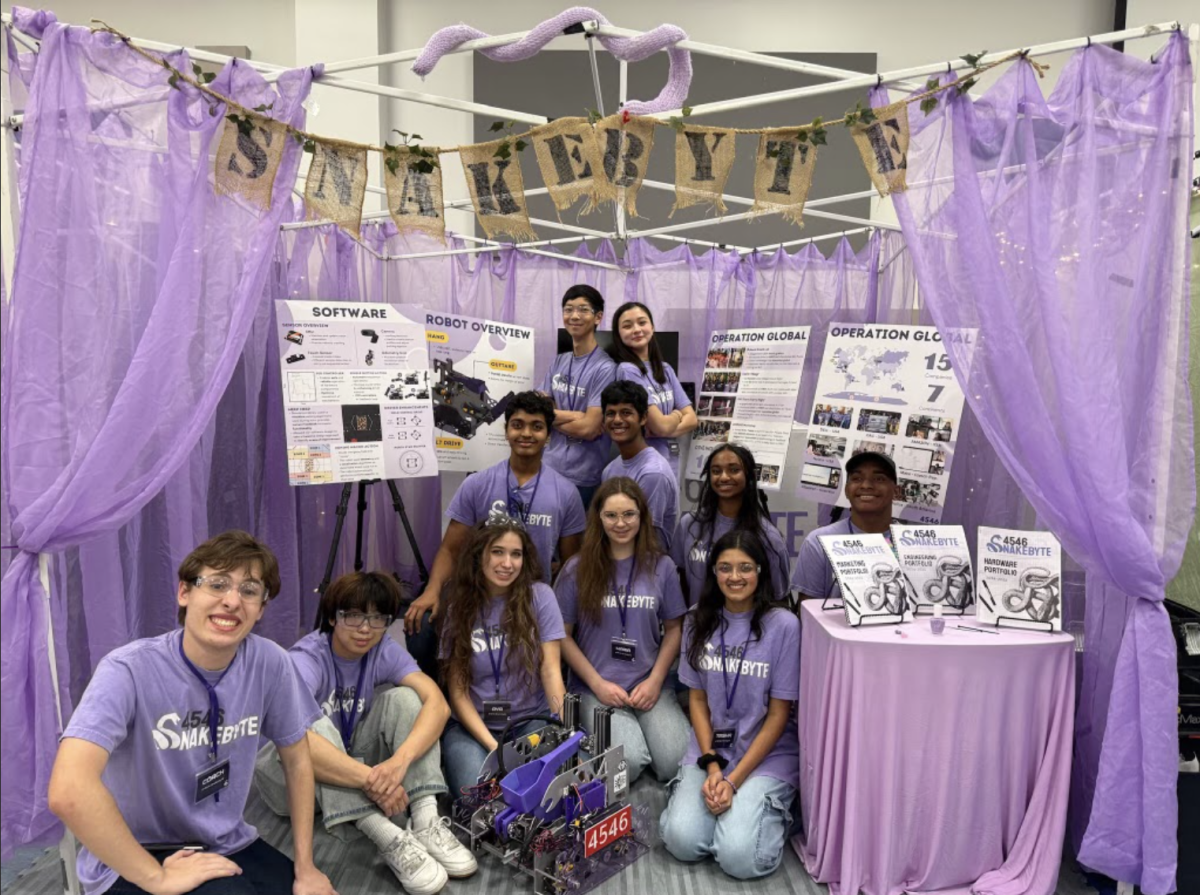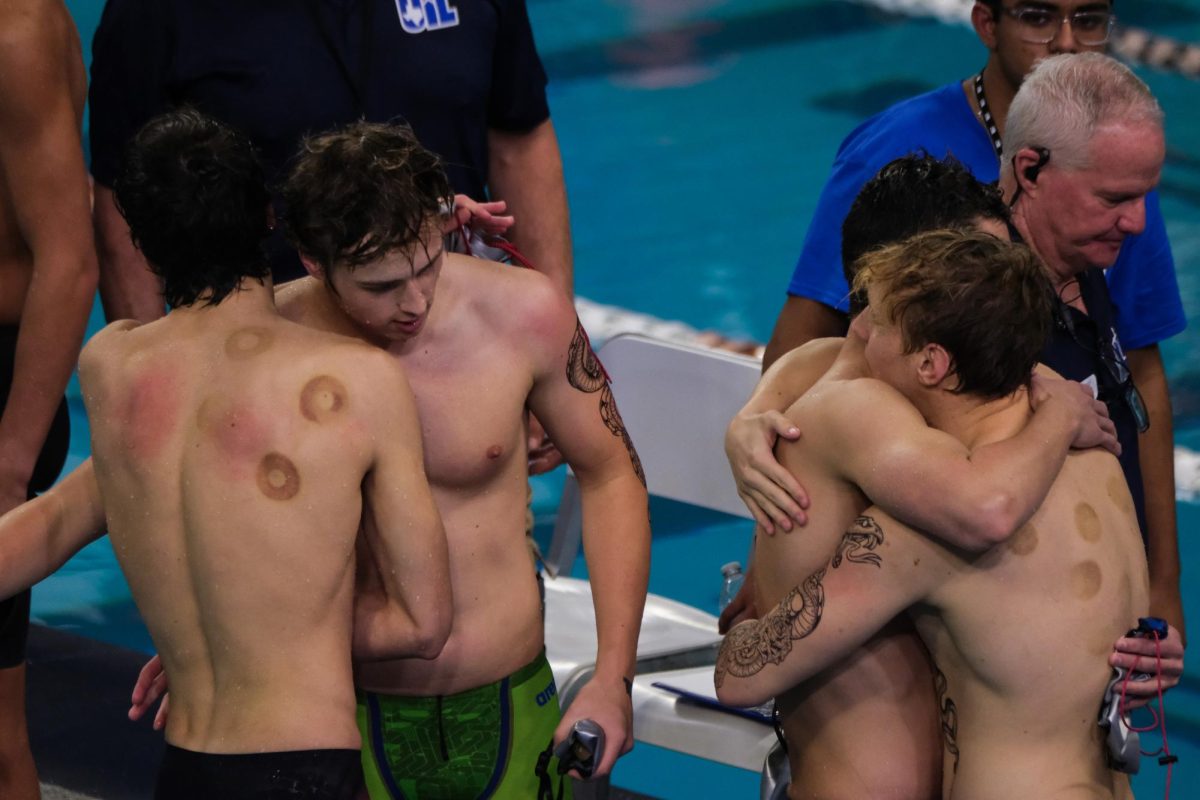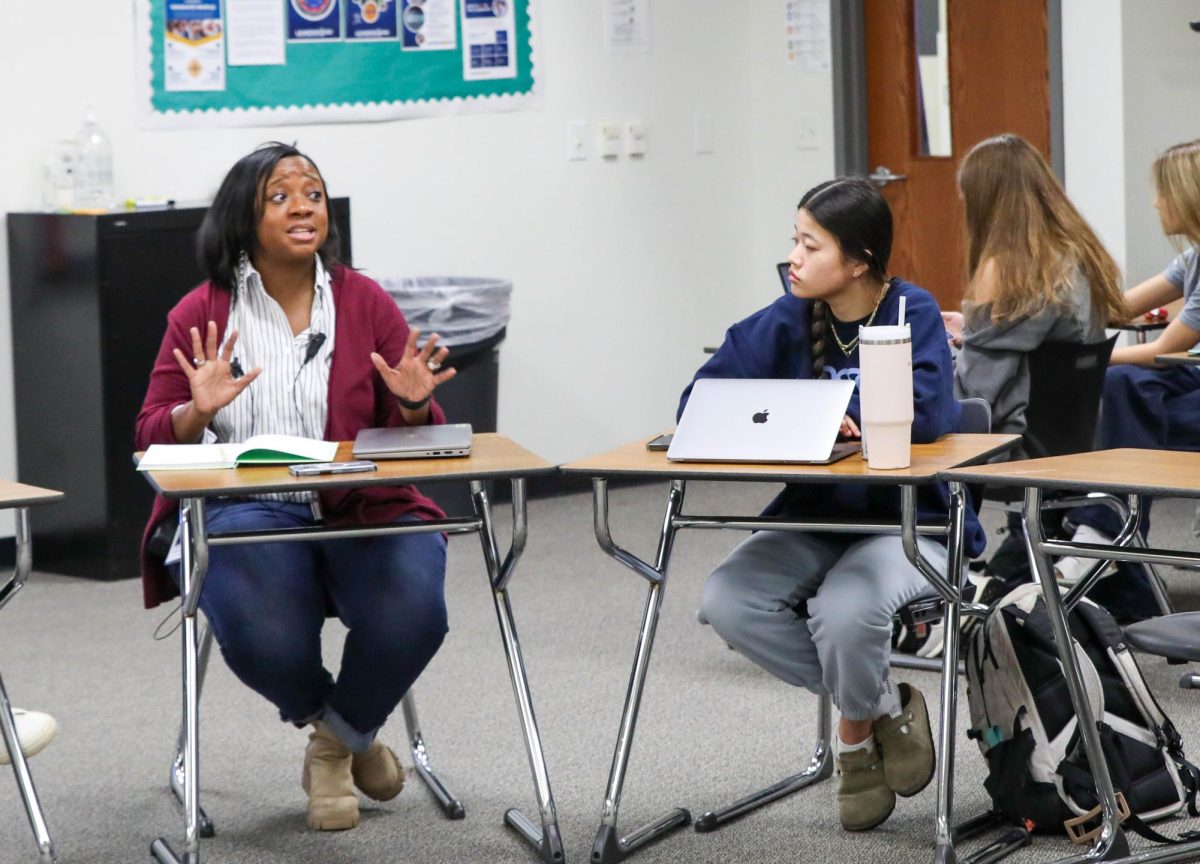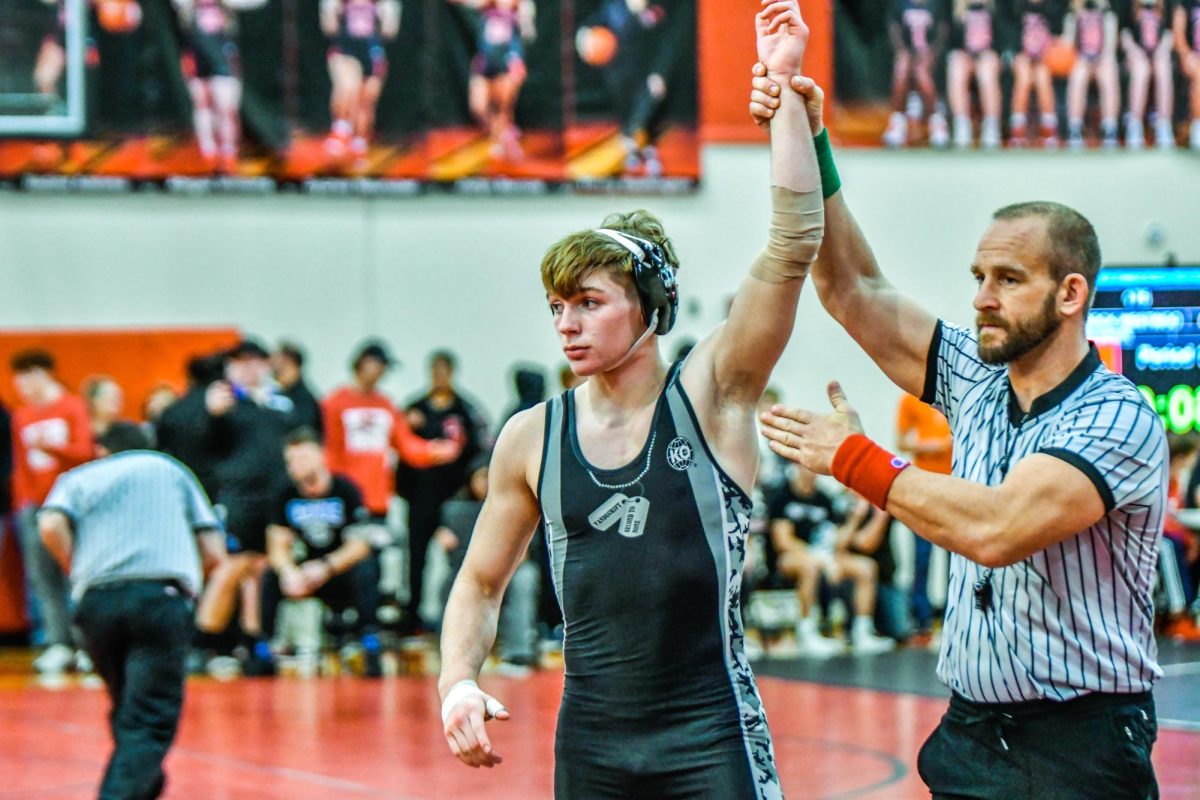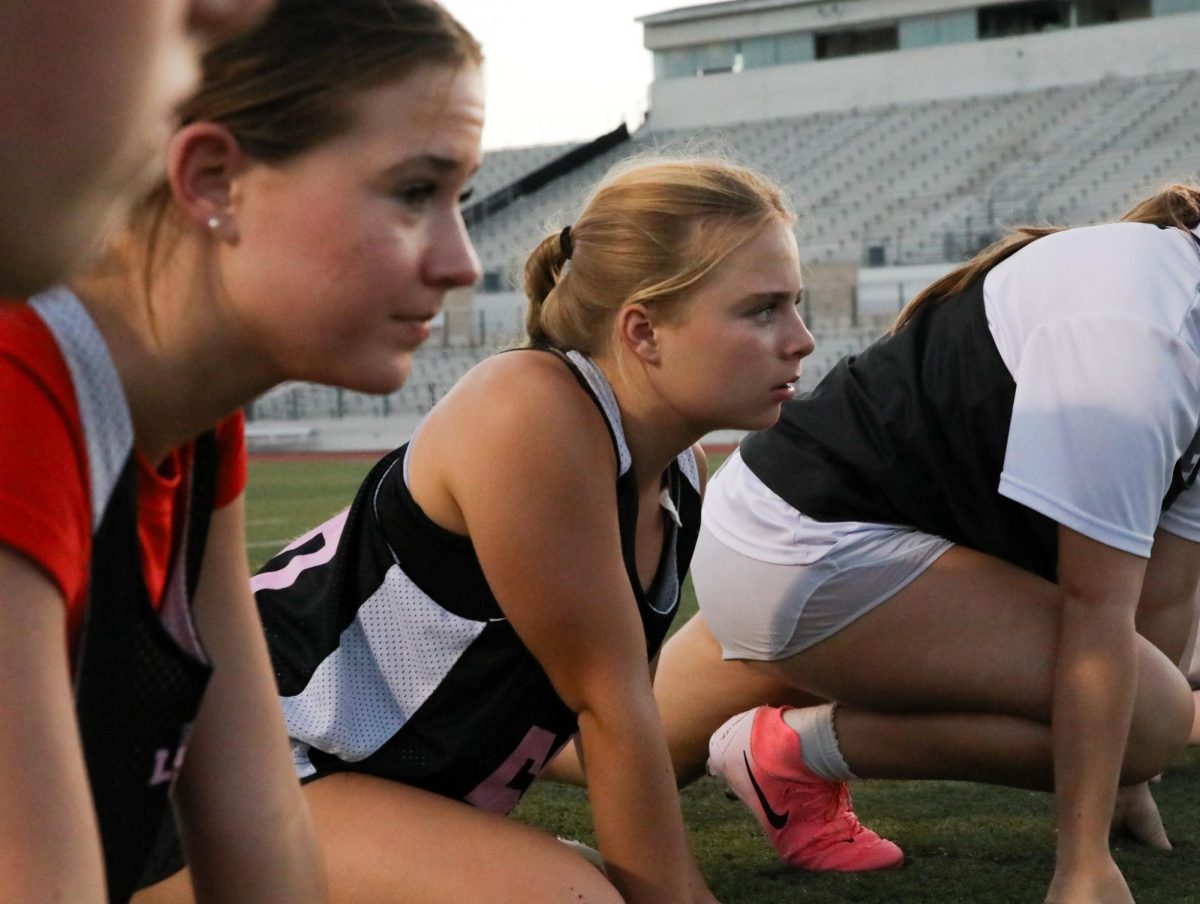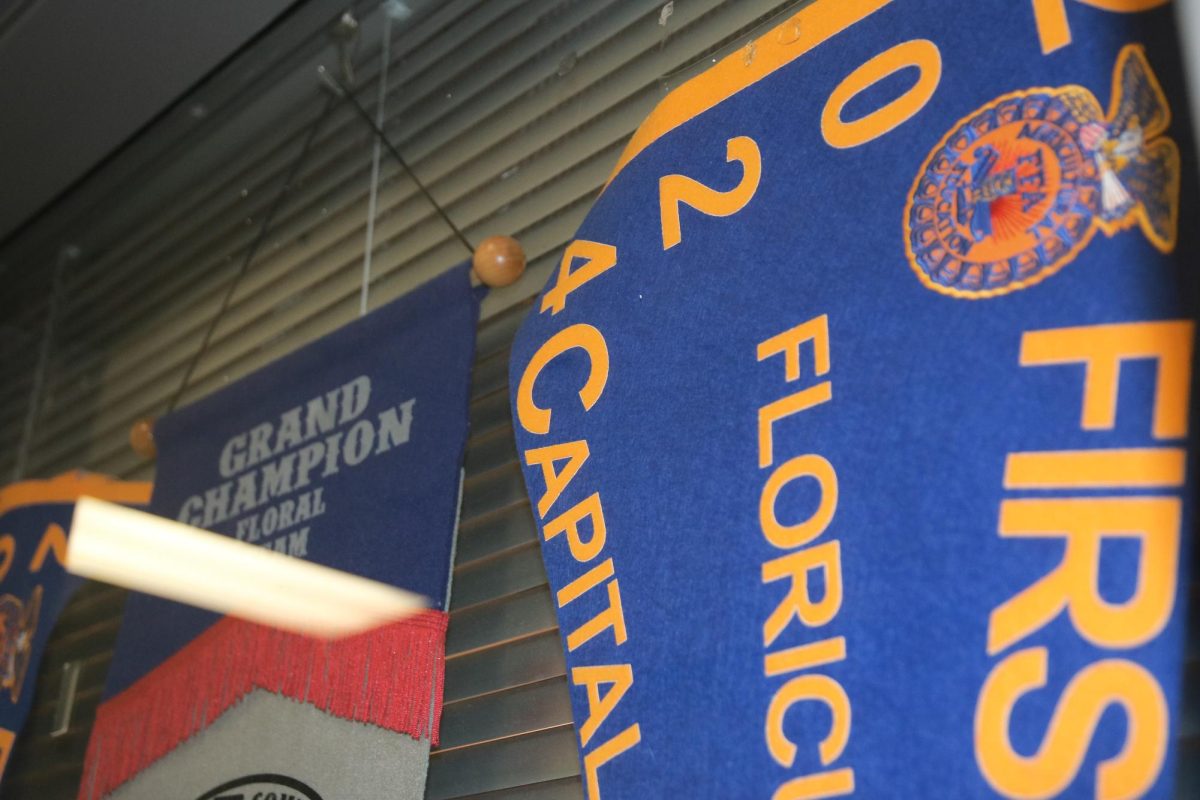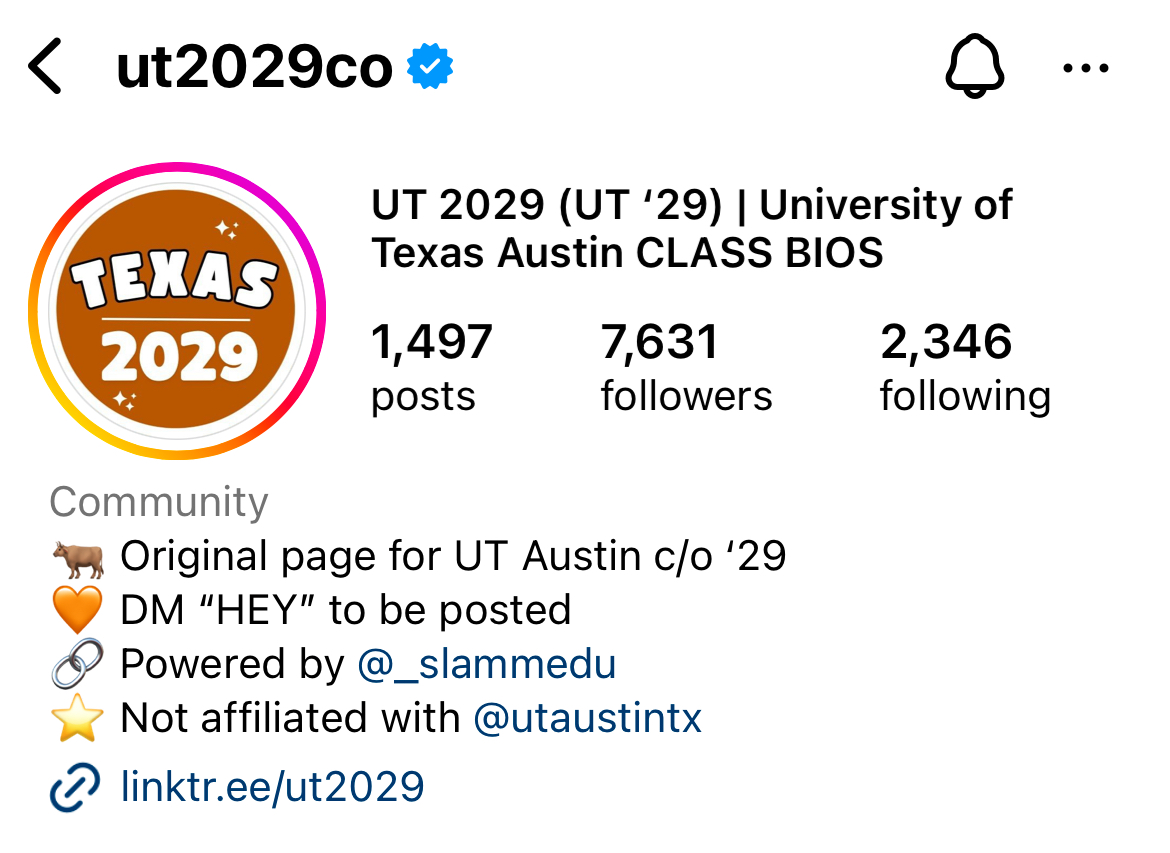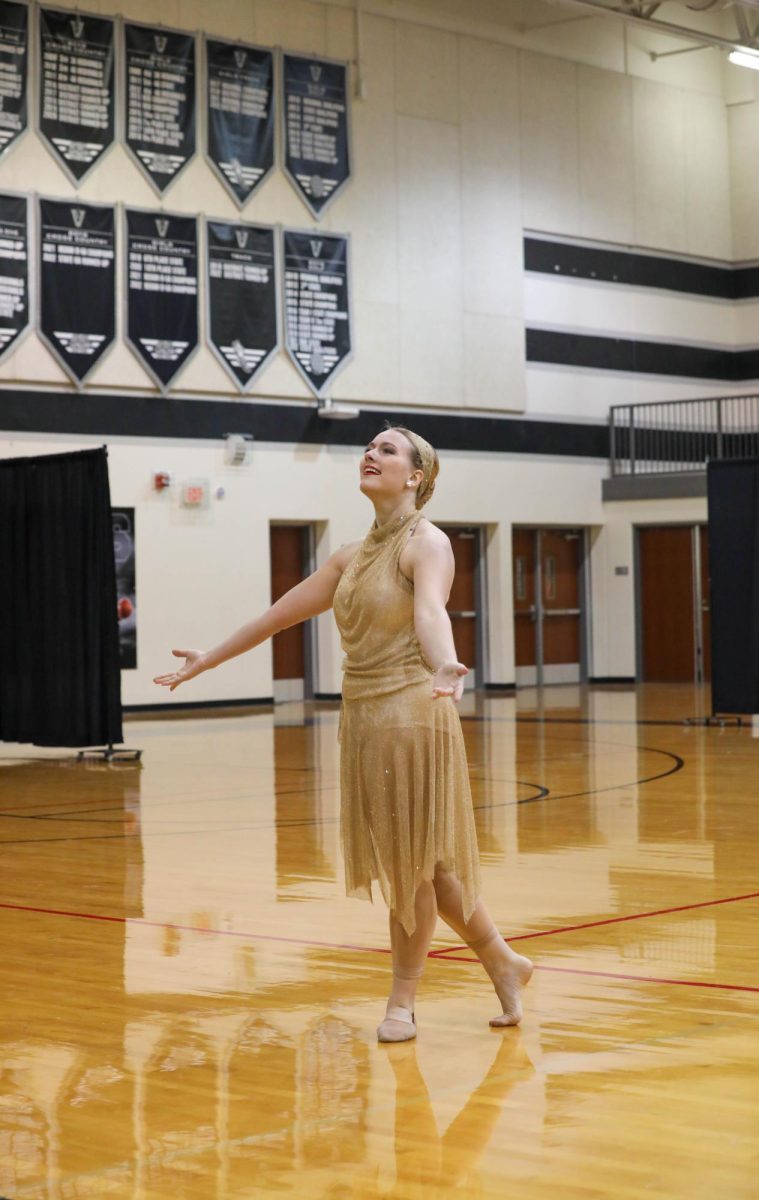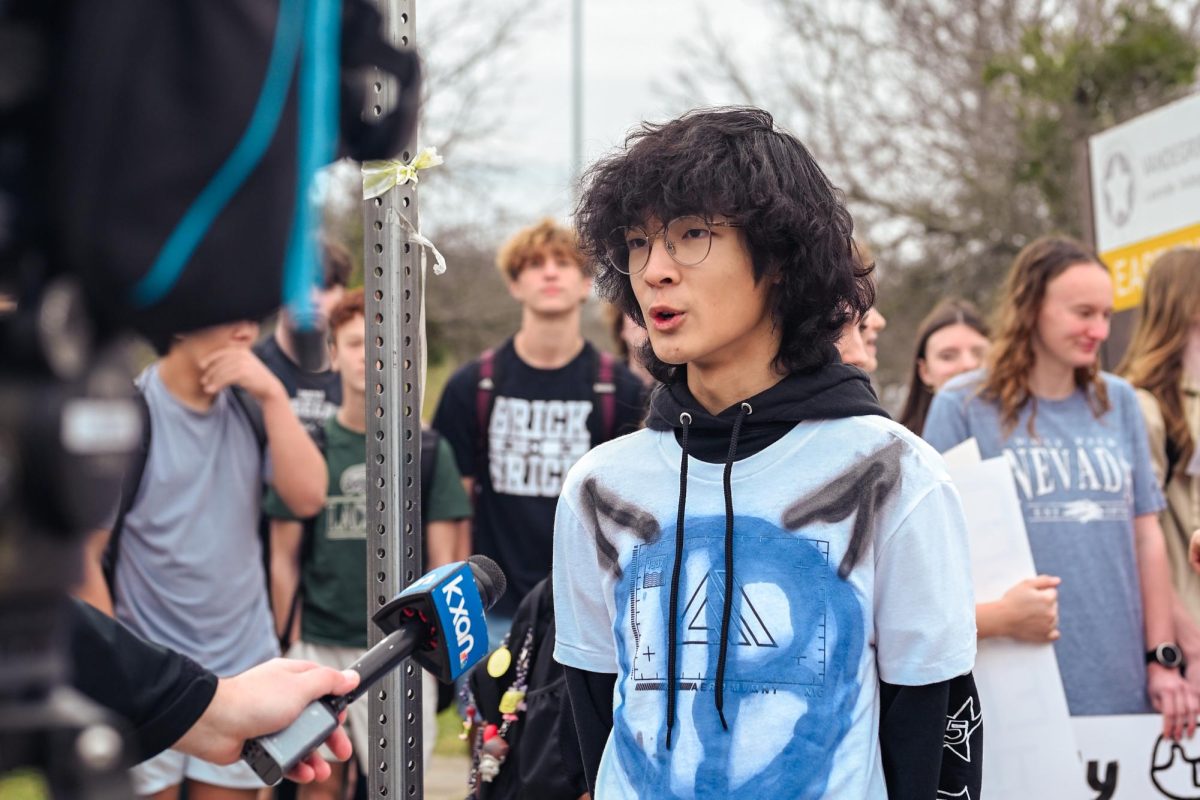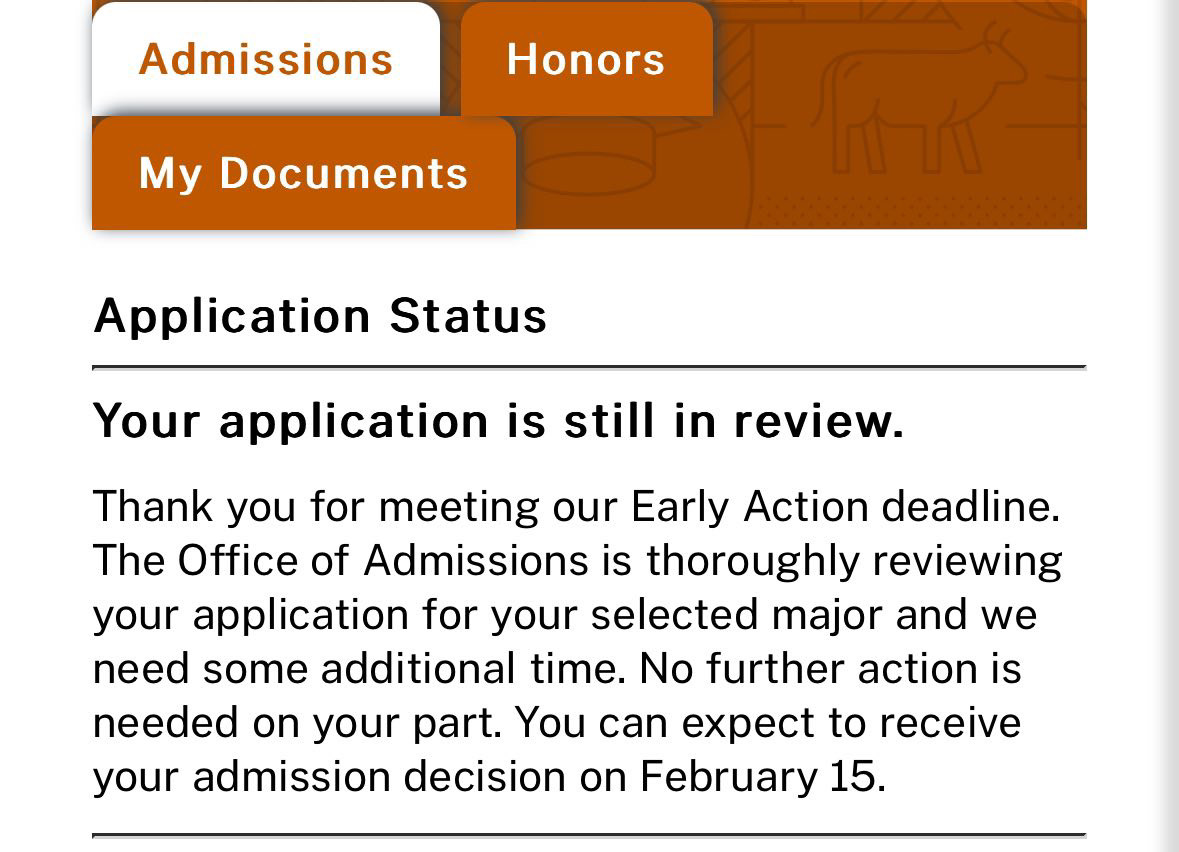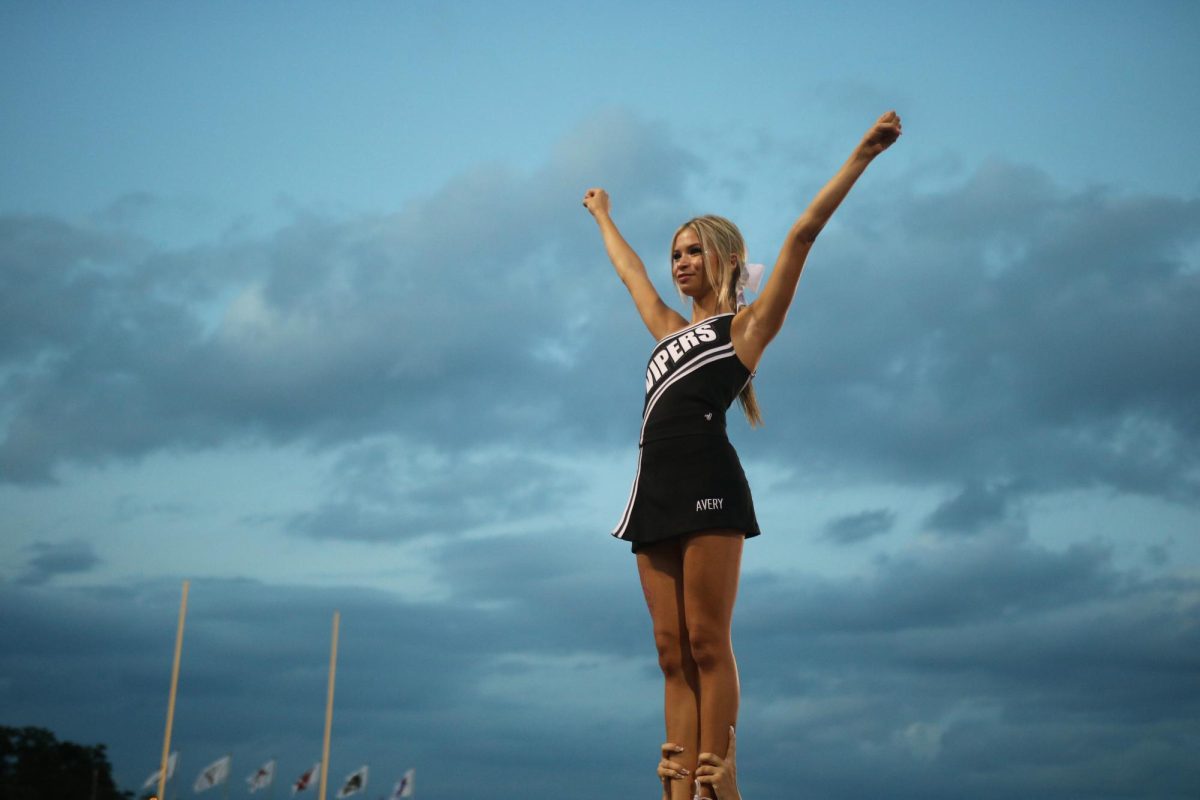On Saturday, Feb. 15, three Viper Robotics teams traveled to KIPP Austin Collegiate, a private school, to participate in the Semi-Regional Competition alongside around 30 other teams, ahead of the regional competition which will take place on Saturday, Feb. 22. These teams were offered a chance to progress to Regionals at this Semi-Regional Competition, whereas a few teams were offered a direct path to Regions at the District Competition a few weeks ago.
“There’s definitely moments of nervousness,” senior and Ouroboros team member Tharun Ananthakumaran said. “But to be honest, I feel like adrenaline pushes past that, and we end up like, ‘You know what, we’ve been preparing for this’. We just go at it.”
There’s two main components to the competition: presentations and matches. During presentations, at the beginning of the competition, teams enter a room with around two judges and explain their operations so far in the season. In matches, the teams’ robots are put up to a variety of challenges.
“We have our drivers practicing with the robot, software making last minute fixes, and then hardware goes through and makes sure all the wiring is good and things like that,” Ananthakumaran said. “[Basically] running through a bunch of checklists making sure we’re ready for competition.”
The drivers, the operators of the robots during the matches, are responsible for essentially “driving” around the robot as it completes its tasks. Rankings are determined from the first set of matches, and the top teams will go on to compete in another match.
“I think the robotics community is overall super supportive. Almost everyone there is willing to help you anytime you need it,” junior and Snake Byte member Bowen Zheng said. “If I need any software help, I can ask someone across the room and they come over to help me for five minutes and I get the problem figured out.”
There are a multitude of moving parts within even just one team in robotics. There are subsections for everything from marketing, to software, to hardware, who all work towards the teams’ ultimate goal of reaching Worlds. Due to the cancellation of the State Competition, the teams’ performance at the Regional Competition will dictate whether they will qualify for Worlds.
“I wouldn’t really say [this competition is] the culmination for all of our work. But I would say that it’s a really nice recognition,” Ananthakumaran said. “Getting recognized is almost a little bit of extra motivation. But honestly, I don’t know what I’d point to and say that is the culmination of everything we’ve done. I feel like ultimately, it’s, like the overall season experience that can stand as a testament to it.”
Though the matches play into the teams’ chances of progressing to Regionals, their presentations also play a hefty part, as well as determine the winners of awards. Teams will highlight their community outreach, as well as their engagement with industry mentors and their efforts towards spreading STEM. Ouroboros won the first place Inspire Award and Snakebyte won the second place Inspire Award.
“Robotics is a fun experience. You learn a lot,” Zheng said. “You make friends, and then the competitions, honestly, they’re just kind of a milestone for you to go through, but they’re not the most important part of robotics.”
For the teams, one of the most rewarding parts of competition is the team bonding that occurs afterwards. Both Zheng and Ananthakumaran celebrated their team victories with group dinners, as they gear up for a heavy work week before the Regional Competition in San Antonio.
“We’re happy to go to the semis because it’s advancing our season, allowing us to have more time together as a team, build our robot, learn, develop our skills,” Zheng said. “Of course, advancing to regionals, we’re super, super happy that we’re making it this far.”


